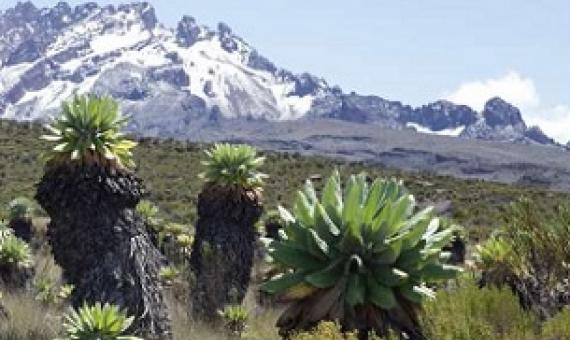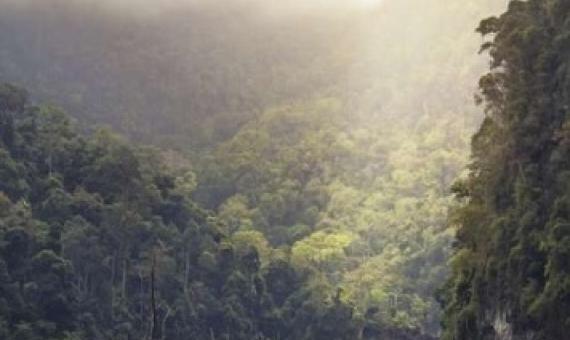Microorganisms, plants, and animals accomplish great feats every day. For example, by decomposing material, producing plant biomass, or pollinating flowers, they keep nature 'up and running," thereby securing the livelihood of humans.
Tropical mammal functional diversity increases with productivity but decreases with anthropogenic disturbance
A variety of factors can affect the biodiversity of tropical mammal communities, but their relative importance and directionality remain uncertain. Previous global investigations of mammal functional diversity have relied on range maps instead of observational data to determine community composition.
Marine Species Biodiversity - AquaMaps
AquaMaps are computer-generated predictions of natural occurrence of marine species, based on the environmental tolerance of a given species with respect to depth, salinity, temperature, primary productivity, and its association with sea ice or coastal areas. These 'environmental envelopes' are matched against an authority file which contains respective information for the Oceans of the World. Independent knowledge such as distribution by FAO areas or bounding boxes are used to avoid mapping species in areas that contain suitable habitat, but are not occupied by the species.
Tropical forest ecosystems are an important part of the global carbon cycle as they take up and store large amounts of CO2. It is, however, uncertain how much this ability differs between forests with high versus low species richness.
Solomon Islands Marine Species Richness
Maps on Species Richness developed by MACBIO as resource for the bioregions workshop (Feb 2018). The tool AquaMaps was used to show predictions of relative probabilities of species occurences in a global grid of half-degree latitude and longitude cell dimensions.








